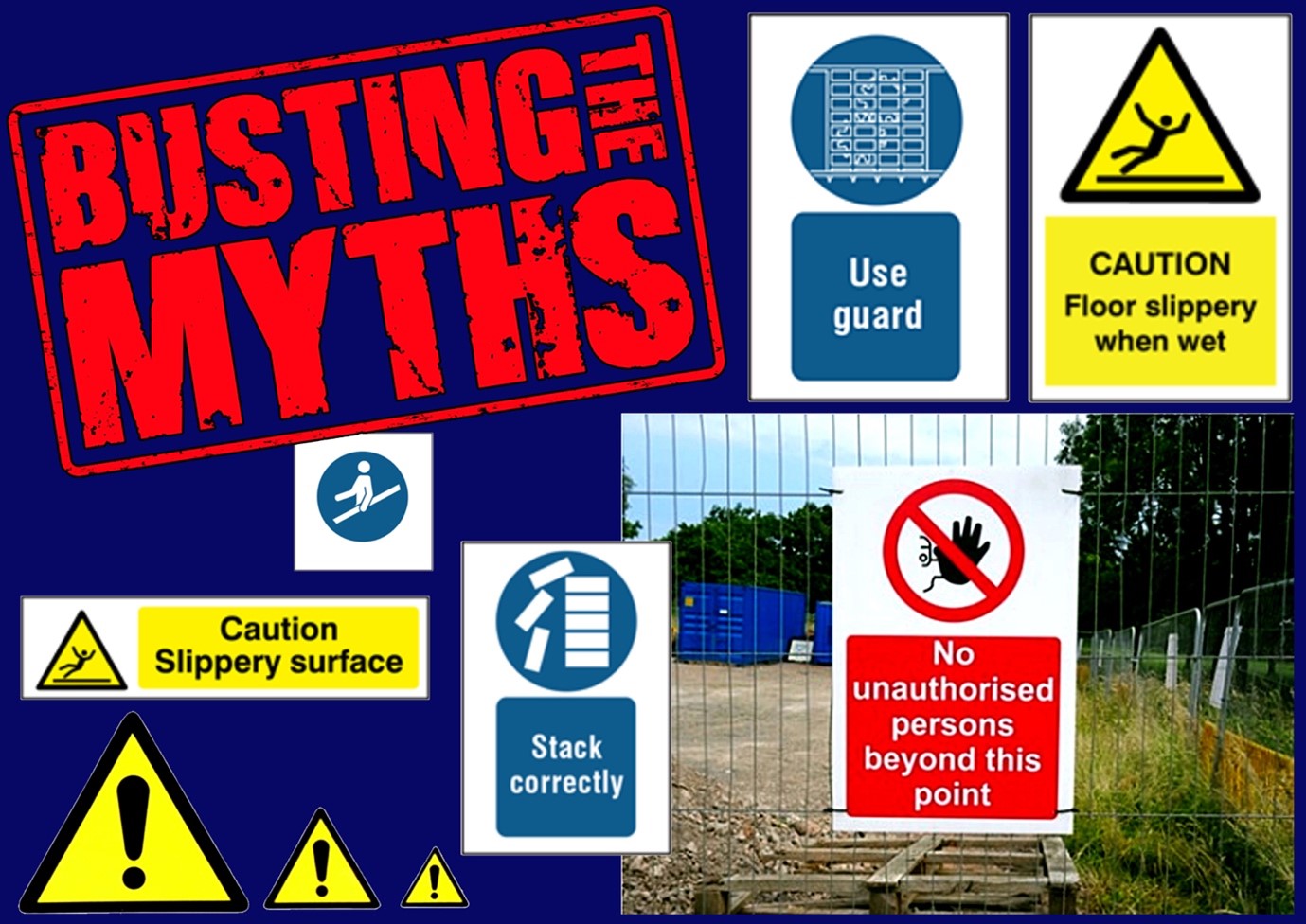
The Health and Safety at Work Act applies to everyone who works in the United Kingdom. You can work a desk job, as a firefighter or in a customer service role – it doesn’t matter, this piece of legislation will apply to you.
Even though the Act was written in 1974, it still maps out modern employer and employee responsibilities, even with the changing tides of technology and employment.
So, as an employer, you need to know the Health and Safety at Work Act policy inside-out. Below, we put your health and safety knowledge to the test.
Are Employees Responsible for Their Training?
Training is part of modern health and safety. However, who is responsible for training, and how much autonomy do employees have?
- Training is entirely on employers. If employees refuse or neglect to attend training, it is the employer’s fault.
- Training is entirely on employees. It is up to them to keep updated on the latest developments and to apply them.
- Training is only needed when the government says so. Then, it is independently up to both employers and employees.
- It is up to employers to provide resources and ensure all employees undertake training, but employees must co-operate with what employers say.
True or False: In Some Jobs, Employees Must Purchase and Bring Their Own PPE
PPE has been in the news over the last year. However, who is responsible for providing PPE? Is it entirely on the employer, or should employees bring their own?
- All PPE must be supplied by the employer.
- Most PPE should be supplied by the employer, but employees are responsible for things like footwear.
- Employees are responsible for their own PPE.
Is it Up to Employers to Spot Illness and Injury?
Injuries and illnesses are commonplace in the workplace. However, who is responsible for reporting them?
- It is wholly up to employers to spot and record injuries.
- It is up to employees to record their injuries and inform employers of them.
- It is up to employees to report their injury or illness, but it is entirely up to the employer to respond, control and assess them.
True or False: Health and Safety Policy Requires the Input of Employees
Bespoke health and safety policy is a key part of the Health and Safety at Work Act. However, who creates this policy, and do employees have a say?
- The policy is created by the employer.
- The policy is created by the employer, but it must be agreed upon by employees.
- Both employees and employers create a safety policy.
- Safety policy is only in the remit of employers, but they can listen to the concerns and feedback of employees.
What are Employers Responsible For in the Work Premises?
Employees are responsible for keeping their premises safe, but what does this mean?
- Ensuring the premises is free of trip hazards and any risks that could cause slips, trips and falls.
- Ensuring the premises is clean.
- Ensuring disabled access and other accessibility is prioritised.
- Managing all of the health and safety risks of the premises including ventilation, temperature, noise, risk factors and accessibility.
That’s the end of our Health and Safety at Work Act quiz. So, how did you do? Find the correct answers at the bottom of the page.
Be Workplace Ready With Signs & Labels
A cornerstone of the Health and Safety at Work Act is the need for employees and employers to do all they can to keep staff reminded of dangers.
The best way to do this? Well, we are biased, but you simply cannot go wrong with safety signs, hazard labels and other signage from our wide-reaching product range.
All workplaces need a policy that aligns with the Health and Safety at Work Act, but this policy is almost always complemented by labels and signs.